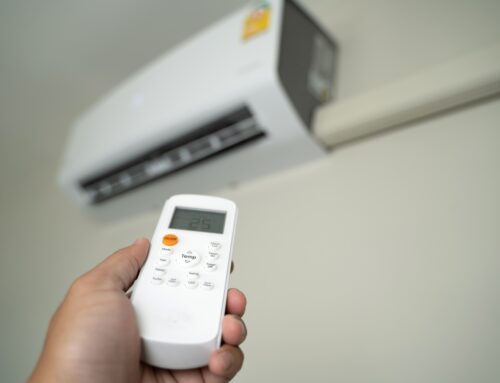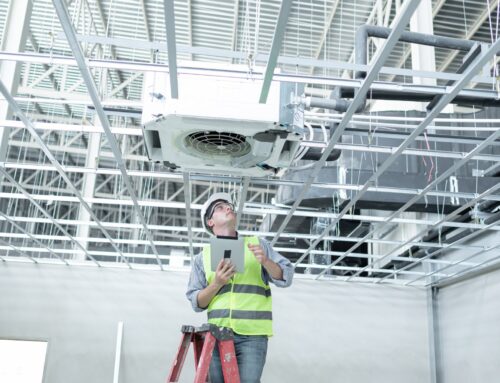With Americans spending a majority of their day indoors either at work, at home, and or anywhere else inside, there is a huge demand for increased indoor air quality. People with allergies and asthma have an even greater need for cleaner air in their homes and workplaces. An estimated 50 million people suffer from airborne allergies. Pollutants and allergens such as smoke, mold spores, pollen, bacteria, viruses, pet dander and other pollutants are harmful and irritating to the respiratory system and affect overall health. The EPA estimates that indoor air is two to five times more polluted than outdoor air. One very effective way to increase the air quality of indoor spaces is to use an electric air purifier system.
Unlike using filters that collect and trap pollutants and harmful particles as the air is forced through them, electric air purifiers use electric charges to remove such particles. The air is first drawn into the system with a fan and brought to an ionization chamber (a collection of high voltage wires). As the air passes through the ionization chambers electric field, the large particles (dust, pollen, smoke, etc.) come in contact the wires and become charged, either negatively (gaining an electron) or positively (losing an electron). The air leaves the ionization chamber and passes between two metal collector plates, one plate is negatively charged to attract and collect the newly positively charged particles and the second plate is positively charged to collect the negatively charged particles. Most of the harmful particles are trapped on the collector plates, but depending upon the cleanliness of the collector plates, some particles may have escaped back into the air. Because all the large, harmful pollutant particles had been charged in the ionization chamber, they either attract to other oppositely charged particles and settle on surfaces or attract to surfaces by themselves and will be removed with regular cleaning. The overall effectiveness of an electric air purifier largely depends upon the cleanliness of the collector plates. The more pollutants that are present in the air, the more often the collector plates need to be cleaned in order to establish the highest indoor air quality possible.
Electric air purifiers are an excellent option for anyone looking to greatly improve his or her indoor air quality of either a workplace or household. Many individuals that suffer from allergies or asthma look to electric air purifiers to add extra relief for their conditions. Also, smoking households would see a dramatic improvement in the air quality if the smoking were to be done inside. Electric air purifiers remove particles and pollutants such as tobacco smoke, pollen, dust, mold, and pet dander that can cause asthmatic or allergy attacks. There are a few similar alternatives to electric air purifiers such as ion generators and HEPA filters. Ion generators do not actively remove pollutants and other harmful particles from the air but instead send out ions that attach to such particles causing them to become charged and attach to each other and settle on surfaces into be removed by regular cleaning. HEPA (High Efficiency Particulate Air) filters are very effective at removing particles from the air and claim a 99.97% removal rate of particles larger than 0.3 microns. The downside to these highly effective filters is that they need to be replaced frequently and are rather expensive.
Ultimately, electric air purifiers are a great cost-effective option for increasing the indoor air quality because they actively remove the harmful pollutants and particles from the air and do not require replacement of filters but instead cleaning of the collector plates.





